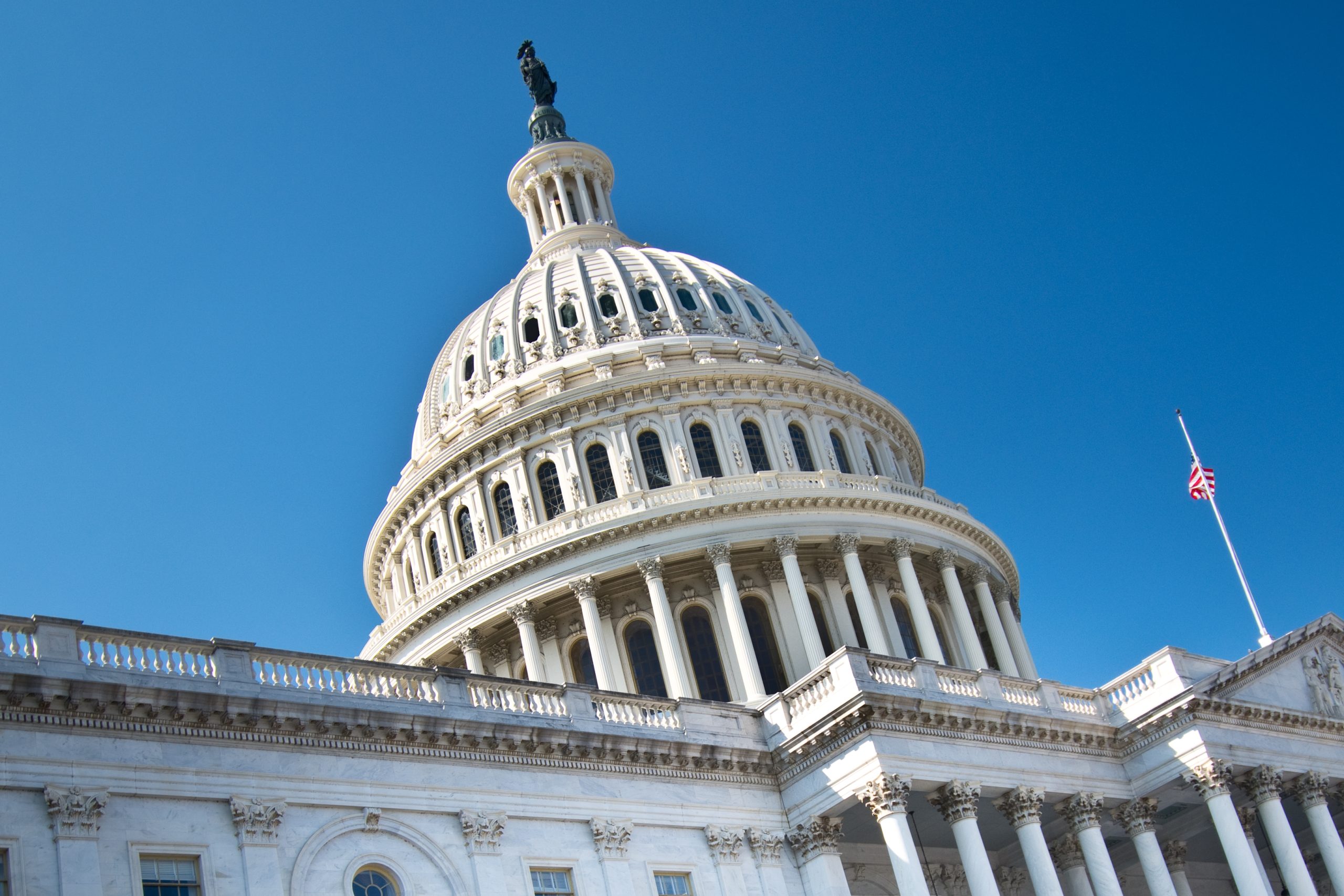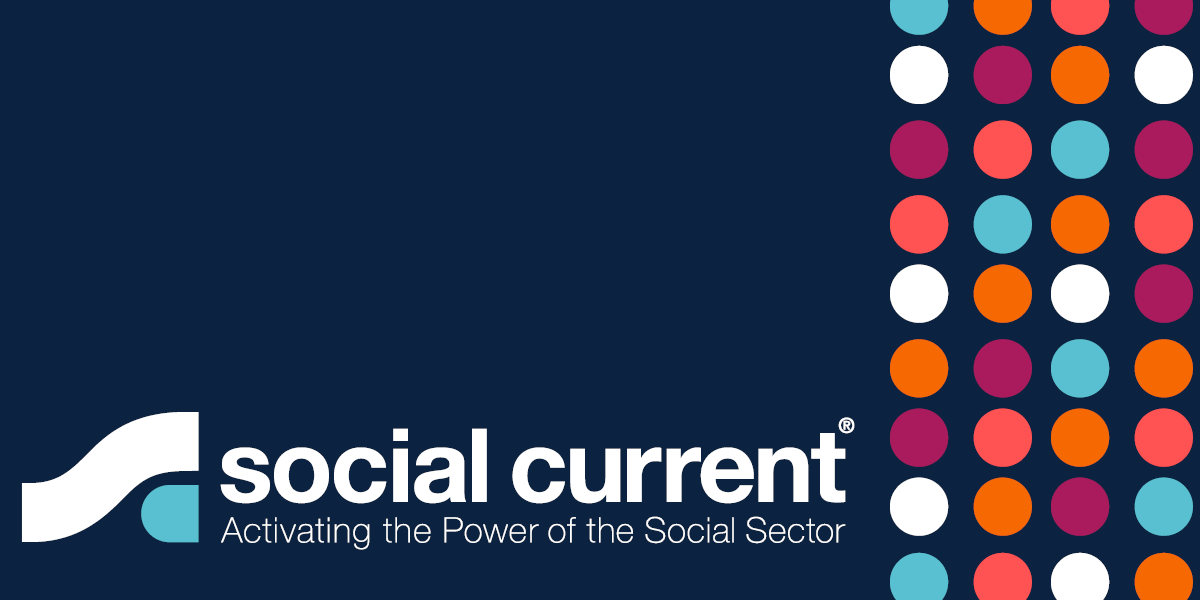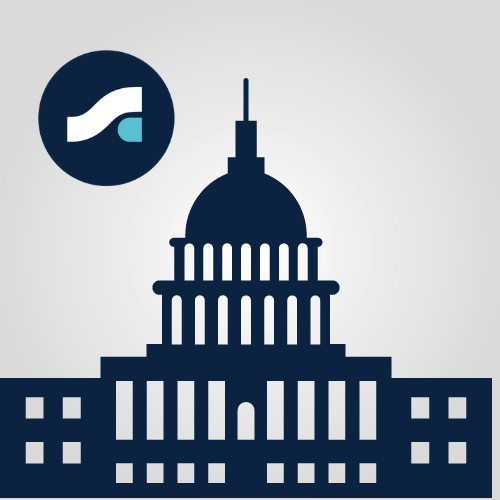Government Affairs and Advocacy
March 7 Federal Update: What does the State of the Union Mean for the Social Sector?
At the beginning of March, President Joe Biden offered his first official State of the Union address, in the midst of the violent crisis in Ukraine, the COVID-19 pandemic, rising inflation, and other challenges. While the speech began with a focus on foreign policy and the war in Ukraine, it quickly moved to domestic policy. While President Biden’s Build Back Better plan seems doomed after it failed to get the votes necessary to pass in the Senate, he attempted to revive a new version of his agenda called “Building a Better America.” Since the speech, Sen. Joe Manchin (D-W.V.) said he is concerned about inflation and has hinted about raising taxes on the rich and corporations to bring down deficits. Biden talked about individual elements of Build Back Better as cost-saving measures for families worried about rising prices, which represented a change in messaging.
While it is unclear what will happen with the Build Back Better agenda, Biden announced a new framework, his “Unity Agenda,” which is focused on four areas of potential bipartisan compromise and support:
- Addressing the opioid crisis
- Solving the mental health crisis
- Supporting veterans
- Curing cancer
Of interest to the social sector, his proposal for a new mental health bill includes a focus on strengthening system capacity, improving access, addressing parity, improving youth mental health, strengthening children’s privacy and banning targeted advertising for children, and instituting stronger online protections for young people. His proposal is clearly laid out in a new fact sheet. Many of his ideas align with the priorities and expertise of community based organizations, including investing in programs that bring more providers into behavioral health, promoting the mental well-being of the front-line workforce, expanding evidence-based community mental health services, expanding telehealth for mental health care, expanding access to supports in schools, co-locating mental health and substance use providers in community-based settings, and increasing behavioral health navigation resources.
As reported by Social Current last month, the Senate is beginning work on a bipartisan mental health bill, and Social Current will continue to identify opportunities for advocacy in this process.
Federal Budget Negotiations Gaining Steam Before Deadline
Lawmakers are rushing to pass the budget for FY 2022 before a self-imposed deadline of March 11. The 12-bill omnibus package, which must be passed every year to fund the entire federal government, is finally in the last stages of negotiations after months of delays. Appropriators would also like to add two supplemental packages on Ukraine aid and COVID-19 relief. However, the Ukraine aid, which could amount to up to $10 billion, seems to be a sticking point. On Wednesday, Senate Minority Leader Mitch McConnell (R-Ky.) said that Democrats were trying to fit in the Ukraine aid by shrinking the defense budget in the omnibus bill, something Republicans oppose. However, Sen. Chris Coons (D-Del.) insisted that the Ukraine aid would be on top of the already negotiated defense bill. In the House of Representatives, Chair of the Appropriations Committee Rosa DeLauro (D-Conn.) said that everyone is “negotiating in good faith” and that she hopes to reach an agreement in the next few days. If Congress does not reach a deal before March 11, they are likely to pass another short term extension for a week or two, to buy more time to complete negotiations.
Source: Bloomberg Government
ACF Releases Anticipated Guidance on Advancing Equity
From the National Child Abuse Coalition:
On Feb. 2, the Administration for Children and Families (ACF) released a new Information Memorandum (IM) focused on advancing race equity. Titled “Equity in Action: Prioritizing and Advancing Racial Equity and Support for Underserved Communities,” the IM calls for ACF grantees to assess and address how its programs and policies perpetuate systemic barriers for children and families of color. It also includes three attachments which include key equity definitions, references from the IM, and selected resources for supporting race equity.
Among other things, it details the history of racism in America and its impact on children and families, and it calls out racism as a social determinant of health, calls for comprehensive action to address structural racism in policy, and highlights promising practices that jurisdictions have implemented to address racial equity. It concludes with four key recommendations for the field in advancing equity for children and families:
- Review policies and commit to revising them in partnership with a diverse group of people the policies are meant to serve.
- Create and promote a statewide policy to meet the needs of children and families of diverse racial and ethnic backgrounds.
- Identify contract and procurement opportunities that are barriers to full equitable participation. At a minimum, ensure these opportunities are promoted and communicated to providers of goods and services owned or operated by members of diverse racial and ethnic backgrounds.
- Establish a diverse and culturally competent workforce that acknowledges the importance of culture, has the capacity for cultural self-assessment, recognizes the dynamics resulting from cultural differences, strives for expansion of cultural knowledge, and adapts services to meet culturally unique needs.
This IM is the latest action by the Biden Administration to advance racial equity within ACF. Last year, the agency launched an internal equity advisory group and an agency-wide council on diversity. They have also solicited program-specific equity action plans, in response to the Biden Administration’s Jan. 20, 2021 Executive Order calling for all federal agencies to review their policies and procedures and make recommendations for how to advance equity. And they have taken steps to diversify their workforce, implement staff trainings, and create employee resource groups focused on equity. The Children’s Bureau also recently released a resource for child welfare agencies titled Advancing Equity and Inclusion Through the CFSRs.
New Report on Poverty Reduction Due to American Rescue Plan
The U.S. Department of Health and Human Services published a new report that details the impact of the American Rescue Plan (ARP) on poverty in 2021. The ARP, which passed in March last year, included large investments in state and local governments, stimulus checks, expanded unemployment benefits and the newly expanded Child Tax Credit (CTC). It aimed to give aid to those most impacted by the economic effects of the pandemic, particularly the unemployed and children.
The report found that the ARP kept 20.1 million people out of poverty, including 7.8 million children. Accounting for the aggregate impact of all the provisions in the ARP, the poverty rate decreased by 45% in 2021 from pre-pandemic levels. The child poverty rate was 8.3% in 2021, a decrease of 42% compared to 2019, due to the advanced payments of the CTC and federal and state stimulus efforts. For Black, Latino and American Indian/Alaska native people, the impacts were greater compared to the entire population. Even without accounting for the CTC, the annual poverty rate fell by 6.2 percentage points among American Indian/Alaska Native people, 5.3 percentage points among Black people, and 5.0 percentage points among Hispanic people.



